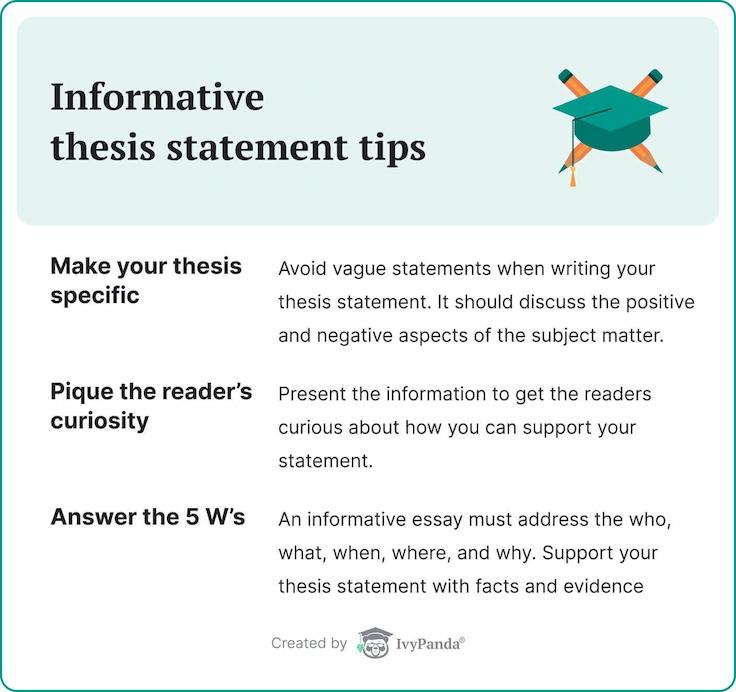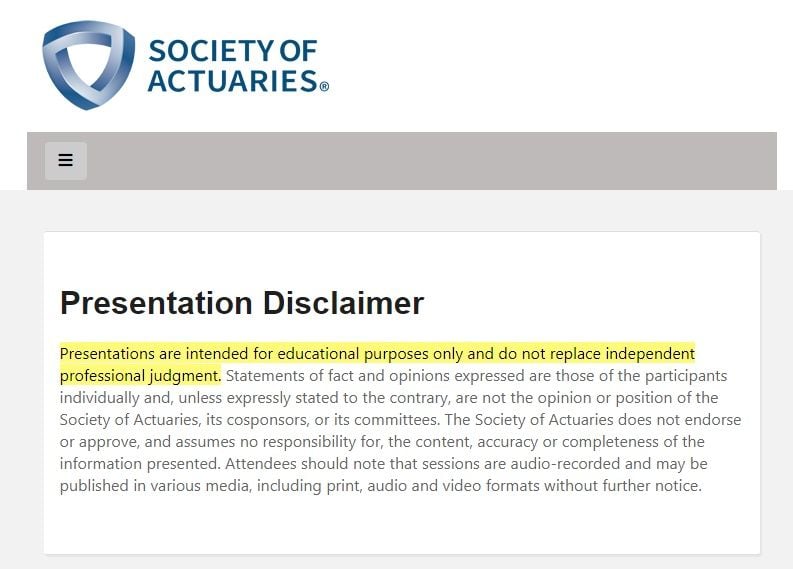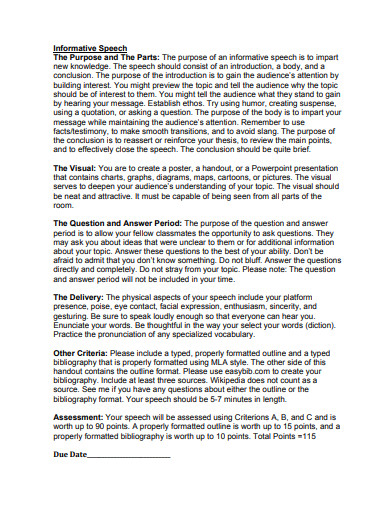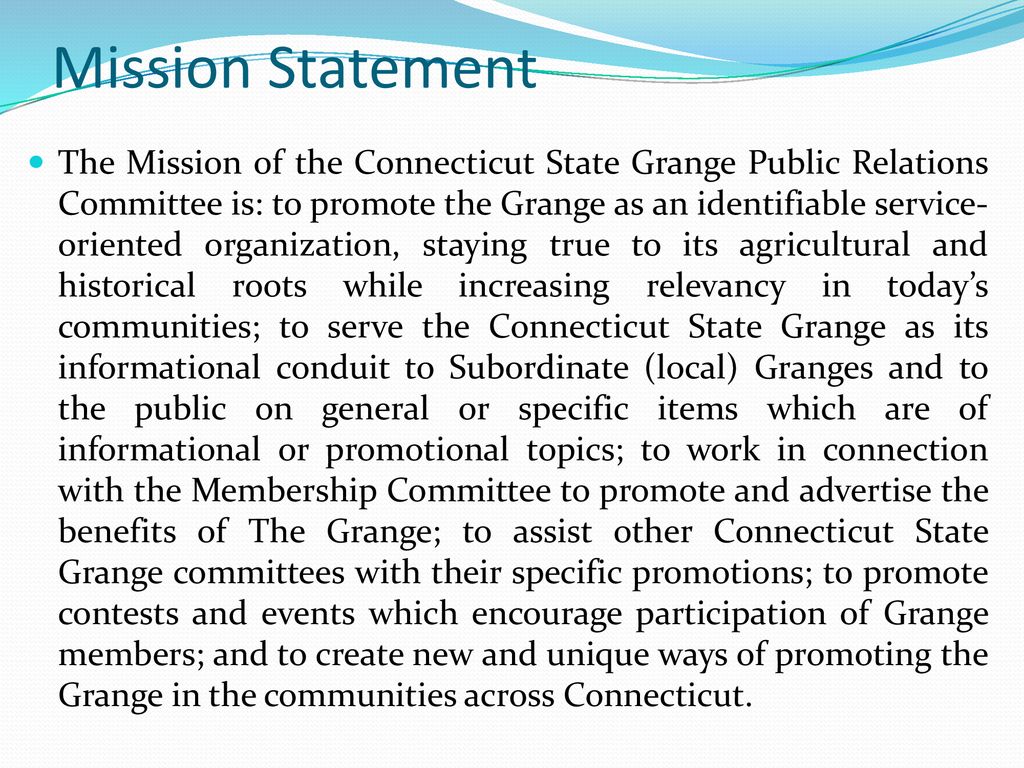Which Statement Is True About Informational Presentations
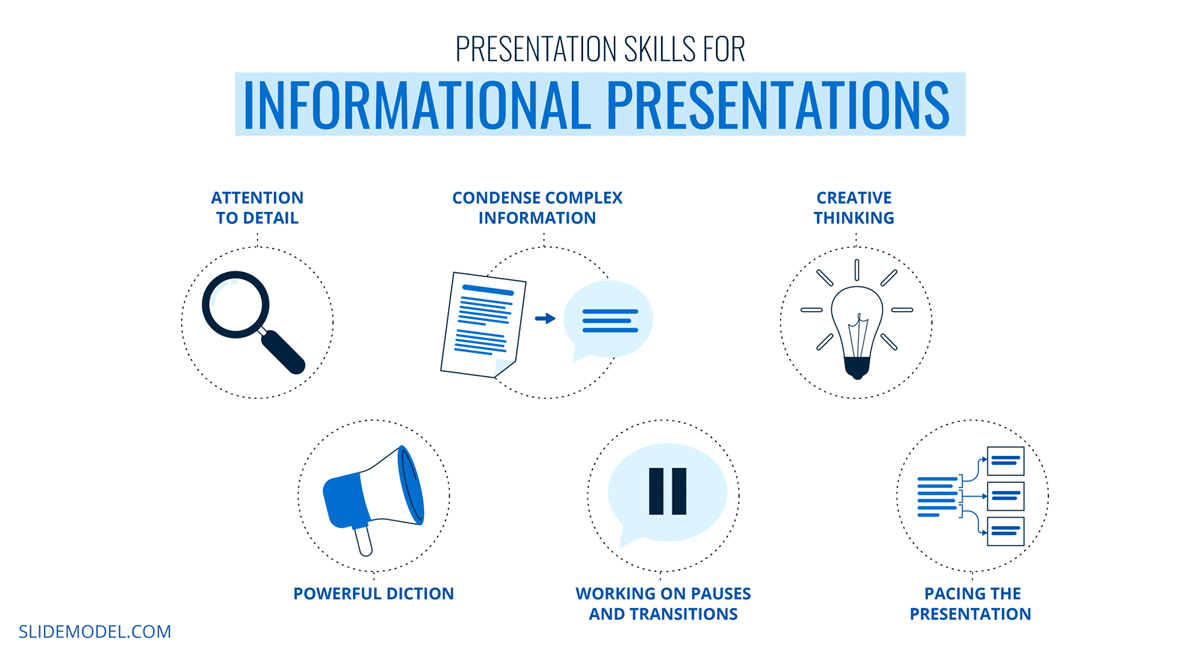
In professional and academic settings, informational presentations serve as crucial tools for knowledge dissemination, skill development, and strategic alignment. However, understanding the core principles that underpin effective informational presentations remains a point of ongoing discussion and, occasionally, misinterpretation.
The question of what definitively constitutes a successful informational presentation often sparks debate. Amidst varying perspectives and evolving communication strategies, determining the accurate statement about these presentations is paramount for presenters and audiences alike.
The Core Debate: Defining Informational Presentations
The challenge lies in the multifaceted nature of informational presentations themselves. They are not simply lectures; they involve careful planning, engaging delivery, and a clear understanding of the audience's needs.
The crux of the matter revolves around fundamental elements such as accuracy, clarity, audience engagement, and the overall purpose of conveying information effectively.
Examining Key Statements
Several statements about informational presentations circulate within academic and professional circles. Let's delve into some of the most common and analyze their validity.
"Informational presentations are primarily about entertaining the audience." While engagement is important, the primary goal isn't entertainment. Accuracy and comprehension take precedence.
"The best informational presentations avoid any form of visual aid to prevent distraction." This is generally false. Visual aids, when used effectively, enhance understanding and retention. They help to illustrate complex ideas.
"Informational presentations should overwhelm the audience with data to demonstrate thoroughness." Overloading the audience can lead to confusion and information overload. Effective presentations prioritize clarity and concise messaging.
"The speaker's personal opinion should be the central focus of an informational presentation." Objectivity is key. The presentation should convey facts and evidence-based insights, not the speaker’s subjective viewpoint.
"A well-structured informational presentation focuses on conveying objective facts and evidence-based information in a clear, concise, and engaging manner to enhance audience understanding." This statement encapsulates the essential principles.
The Accurate Statement: Objectivity and Clarity
The accurate statement, therefore, emphasizes the transmission of objective, evidence-based information. The goal is clarity and audience comprehension.
This requires diligent research, careful organization, and a delivery style that resonates with the audience without sacrificing factual accuracy.
The focus should always remain on enabling the audience to grasp the subject matter effectively, forming their own informed conclusions based on the presented information.
The Role of Evidence
Credible sources and verifiable data are the bedrock of any successful informational presentation. Reliance on anecdotal evidence or unsubstantiated claims weakens the presentation's credibility.
Presenters should meticulously cite sources and ensure that all information presented is accurate and up-to-date. This establishes trust with the audience.
Quoting reputable organizations and referencing peer-reviewed research further strengthens the presentation's foundation.
Engaging the Audience
While entertainment is not the primary goal, engagement is still a critical factor. An engaged audience is more likely to retain the information presented.
Effective engagement techniques include interactive polls, Q&A sessions, and relatable examples. These can create a more dynamic learning environment.
However, engagement should never compromise the factual accuracy or objectivity of the presentation. It's about enhancing understanding, not simply captivating attention.
Impact and Implications
The implications of understanding the true nature of informational presentations extend beyond academic and professional realms. In a world saturated with information, the ability to discern accurate and reliable data is more important than ever.
Misinformation can have profound consequences, impacting decision-making in areas such as public health, finance, and politics. Equipping individuals with the skills to critically evaluate information is vital.
Educational institutions and workplaces have a responsibility to promote best practices in informational presentations. This ensures that individuals are well-informed and capable of making sound judgments.
"The power of information lies not just in its availability, but in its accurate and accessible presentation," noted Dr. Eleanor Vance, a communication expert at Stanford University. "We must emphasize the importance of clarity, objectivity, and evidence-based reasoning in all informational settings."
By prioritizing these core principles, we can foster a more informed and engaged citizenry. We can help people better understand complex topics.
Conclusion
The statement that accurately reflects the nature of informational presentations underscores the importance of objectivity, clarity, and evidence-based information. While engaging the audience is valuable, the primary objective remains to impart accurate and comprehensible knowledge.
By embracing these principles, presenters can create presentations that inform, empower, and contribute to a more enlightened society. Audiences will find the information more useful.
Ultimately, the success of an informational presentation lies in its ability to convey facts clearly and concisely, enabling the audience to make informed decisions based on reliable evidence.
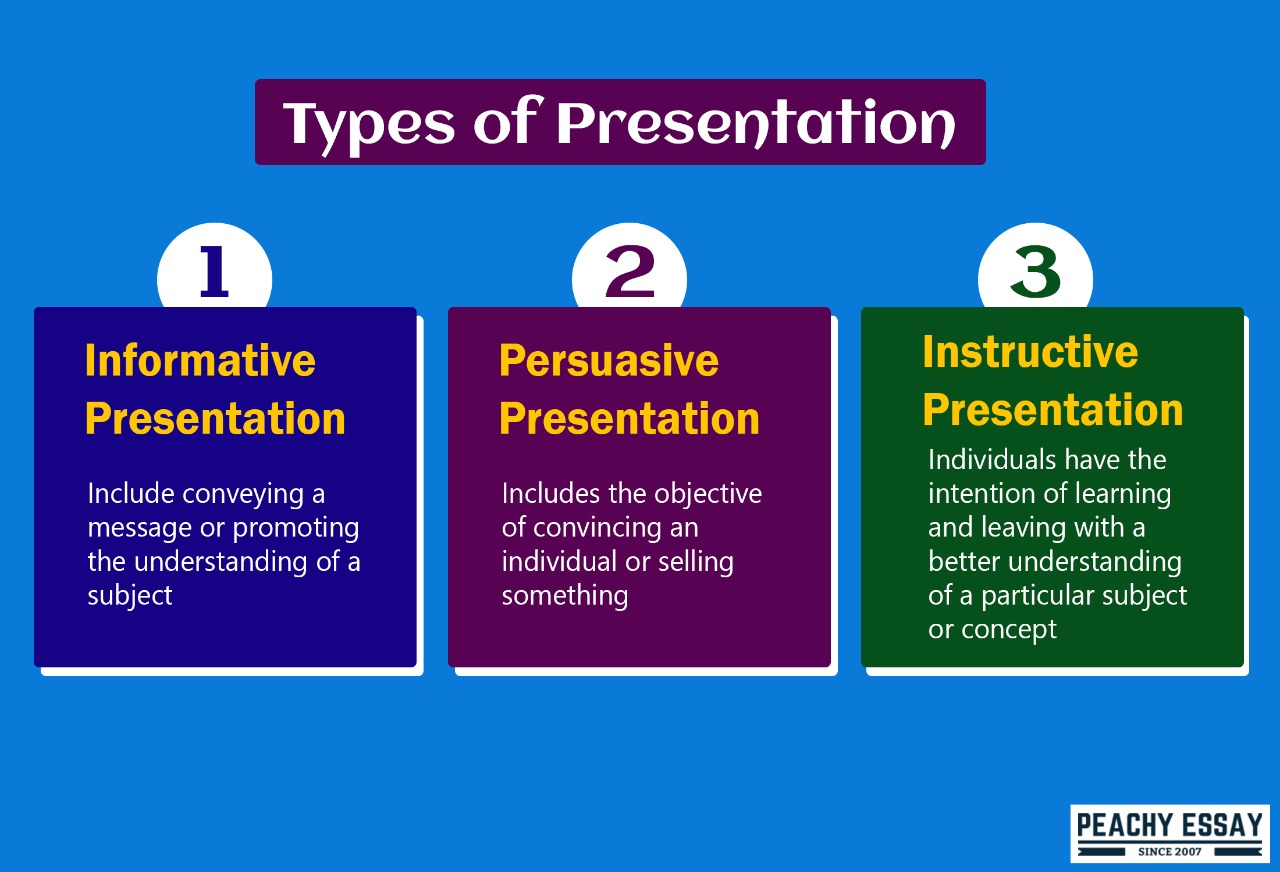



![Which Statement Is True About Informational Presentations Free Printable Informative Speech Outline Templates [PDF, Word] Example](https://www.typecalendar.com/wp-content/uploads/2023/05/Informative-Speech-Outline-1-1086x1536.jpg)

